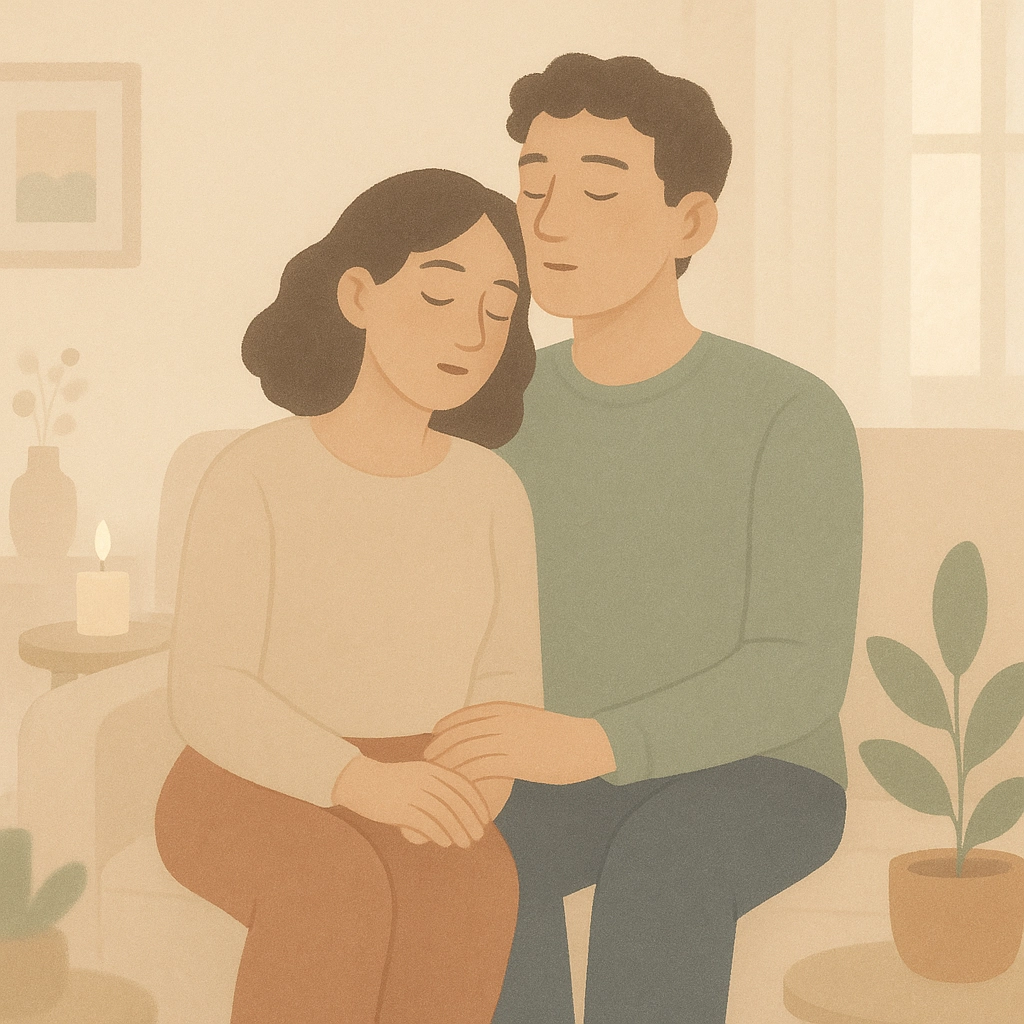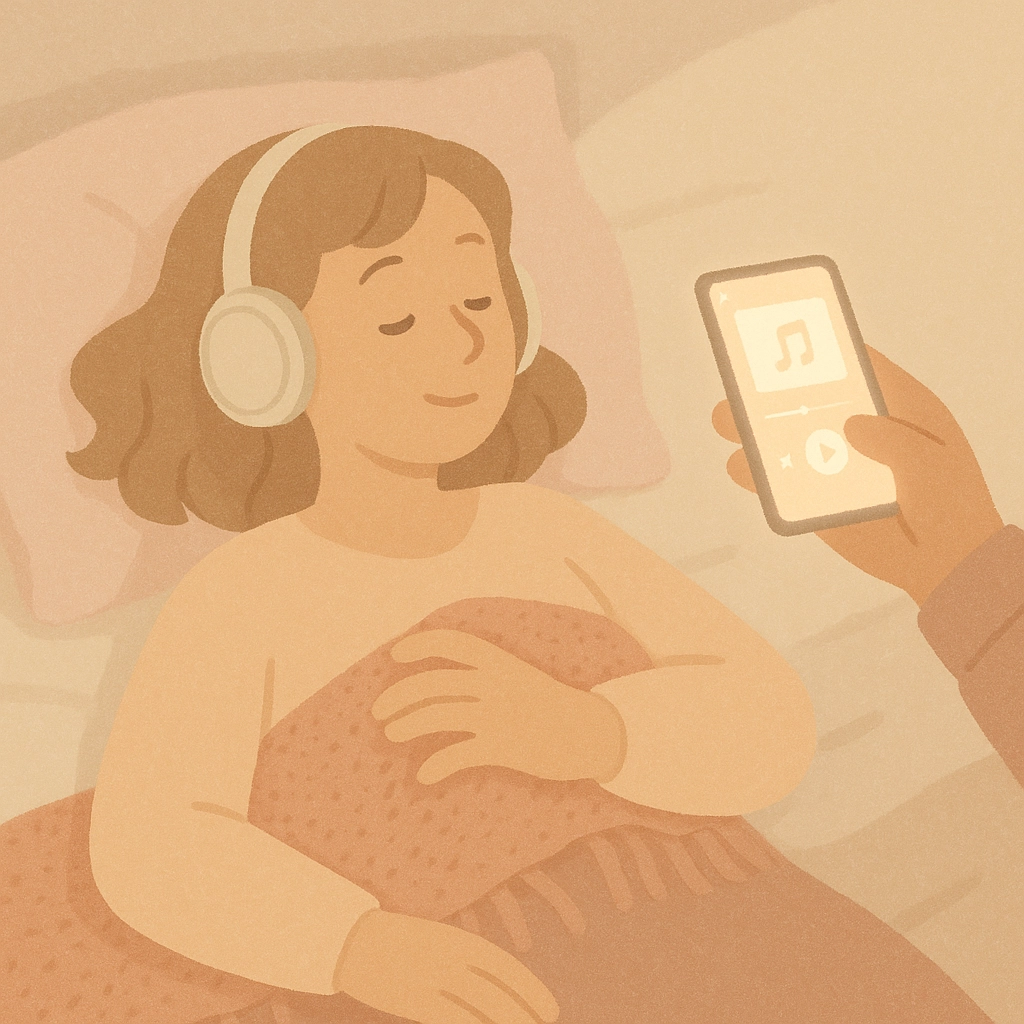
How to Explore Intimacy with ADHD: Solutions for Overstimulation and Intrusive Thoughts
Share
Can’t Focus During Intimacy? It Might Be ADHD.
Let’s get real: If your mind is racing through tomorrow’s grocery list or replaying an awkward work moment during sex, you are not alone. For women with ADHD, intimacy often comes with unique, invisible hurdles. Maybe you feel overwhelmed by sensation. Maybe you feel nothing at all because your brain is cycling through distractions faster than Netflix skips intro credits.
And while intrusive thoughts and overstimulation can feel isolating, they’re actually common ADHD symptoms—just rarely talked about in the context of relationships and sex. The good news? You don’t have to resign yourself to reruns of “Overthinking & Annoyed” every night. You can work with your brain (not against it), and—dare I say—find more fun and connection than ever.
ADHD and Intimacy: What’s Actually Going On?
Here’s how ADHD might show up when the mood’s getting sexy:
- Overstimulation: Your senses (touch, sound, even emotion) crank up so high that you end up shutting down or pulling away.
- Understimulation/Distraction: Your body’s in bed, but your mind is out to lunch—scrolling TikTok in your head or chasing that dopamine hit elsewhere.
- Intrusive Thoughts: Classic ADHD “task brain” shows up, firing off reminders, worries, or full-on random thought marathons when you just want to be present.
Sound familiar? If so, you might also notice feelings of frustration, guilt, or even shame—like you’re “broken.” Let’s clear something up: You are not broken. Your brain is just wired uniquely, and it requires unique strategies.

Overstimulation: Why Your Brain Shuts Down
For many women with ADHD, things can get too much, too quickly. Maybe it’s too many hands, too much talking, or even too much loving anticipation. Your nervous system reacts by moving into “shutdown mode”—which often means you’re suddenly done, emotionally checked out, or even irritable.
If this sounds familiar, you might have already fallen into the trap of avoiding intimacy altogether to avoid these uncomfortable reactions. But you don’t have to. Here’s how to support your system and get more out of those moments you actually want to enjoy.
Solutions for Overstimulation
1. Start Slow: Stillness Before Sensation
Before diving into anything hands-on, just be with your partner. Sit together. Breathe. There’s magic in gentle, quiet presence—no pressure, no expectation.
2. Pressure Play: Harness the Power of Deep Touch
Weighted blankets work for a reason! Light, fluttery touches can feel irritating or overwhelming. Gentle restraint (like being held, hugged, or wrapped snugly in a blanket) can create a safe, grounded feeling—almost like a reset button for your senses.
3. Water Works: Shower Together
Warm water can soothe frazzled nerves and wash away the sticky residue of “overwhelm.” Showering with your partner is intimate (without all the extra sensation), and leaves less sensory “mess” to process later.
4. Clearly Communicate Needs
If you sense overload creeping in, name it. “I’m starting to feel overstimulated—can we slow down for a second?” Most partners want to help but need your cues.
Understimulation: When Your Mind Checks Out
Opposite problem, same solution space. Maybe everything feels… boring? Bland? It’s not lack of love—it’s your brain’s love of novelty and dopamine. Understimulation shows up as distraction, disinterest, or that buzz to “move on already.”
Solutions for Understimulation
1. Add Sensation
Simple upgrades can change everything. Try warming gels, vibration, or exploring new textures (think: silk scarves, feathers, massage oils). Your ADHD brain loves a sensory challenge—lean into it!
2. Experiment with Novelty
Routines make ADHD brains snooze. New positions, locations, or even introducing creative scenarios (yes, “date night adventure” counts) can reignite curiosity and arousal. If you’re unsure where to start, check out our blog on Top Fantasies to Try with Your Partner.
3. Sound and Music
Certain toys even sync with sound. Try playing your favorite playlist or use music apps that interact with devices. The more you participate, the more your body (and brain!) respond.

4. Mindfulness, ADHD-Style
Traditional “clear your mind” advice just doesn’t cut it. Instead, anchor yourself to a specific sensation—like the warmth of skin, the taste of a kiss, or the feeling of breath. When thoughts wander, notice the drift and gently bring yourself back. Over time, this gets easier.
Intrusive Thoughts: How to Beat the Mental Buzzkill
Let’s call them what they are: distractions, doubts, random reminders. ADHD can make these pop up at the absolute worst times.
Solutions for Intrusive Thoughts
- Have a Pre-Bed Ritual: Jot down your to-dos or worries in a notebook before getting intimate—that way, your mind knows you’ll handle them later.
- Create a Dedicated Intimacy Zone: Maybe it’s your bed, a particular light, or a playlist. Over time, these cues train your brain: “Now’s the time to focus on pleasure.”
- Practice the ‘Lingering’ Skill: Instead of “check the box and move on,” try staying in the moment for a few breaths longer than feels natural. Start small and build up—lingering is a skill, not a personality trait.
- Consider ADHD-Friendly Toys or Tools: Some tools are designed to encourage correct pacing or add playful stimulus. Drop “TOOLS” in our inbox and we’ll send you our ADHD-friendly picks.
Embracing Your Neurodivergent Pleasure
Your brain isn’t broken—it’s just unique. Intimacy doesn’t need to look “neurotypical” to be deeply satisfying (or wildly fun). When you understand your own wiring, the path to pleasure gets clearer and so much more joyful.
- Experiment with activities that offer safe novelty (think: new scents, new music, or trying sensation-based toys together).
- Use check-ins! Ask and share, “What’s working/not working for you right now?”
- Normalize adjustments. Some nights will be easier than others—no shame, just information.

Consistent Connection: Building Habits That Work for ADHD
Intimate connection isn’t just “sex”—it’s all the little moments in between. For women with ADHD, intentional rituals and environmental cues go a long way.
- Physical Touch: Hug, hold hands, or give light massages daily. Affection outside the bedroom keeps emotional intimacy alive.
- Scheduled Cuddle Time: Set aside 10 minutes in the morning or evening just to be physical—no distractions, no multitasking.
- “No-Phone” Zones: Carve out tech-free time, especially before bed. ADHD brains love a good scroll but benefit from focused, real-world connection.
- Teamwork with Your Partner: Share these strategies together! Collaboration is key. You’re not in this alone.
When to Seek Outside Support
If intimacy still feels strained, or you just want a personalized roadmap, there’s no shame in reaching out. Therapists trained in ADHD and sexuality can help tailor tools to your life and relationship. Sometimes the best pleasure tool is investing in open, compassionate perspective.
Looking for more tips? Visit our blog series at Sweet Ember where we cover everything from low libido to exploring new fantasies.
The Takeaway: Explore, Don’t Fix
The spark isn’t gone—it’s just waiting for your unique signal. Intimacy is supposed to be a place for curiosity, adaptation, and play, especially for neurodivergent brains. When you work with your ADHD (instead of against it), connection becomes less about “fixing” and more about mixing: your strengths, creativity, and, yes, those wild thoughts too.
And if you want personalized product recommendations or just some community support, drop “TOOLS” in the comments, DM, or check out our shop at Sweet Ember. We’re all about empowering you just as you are.
